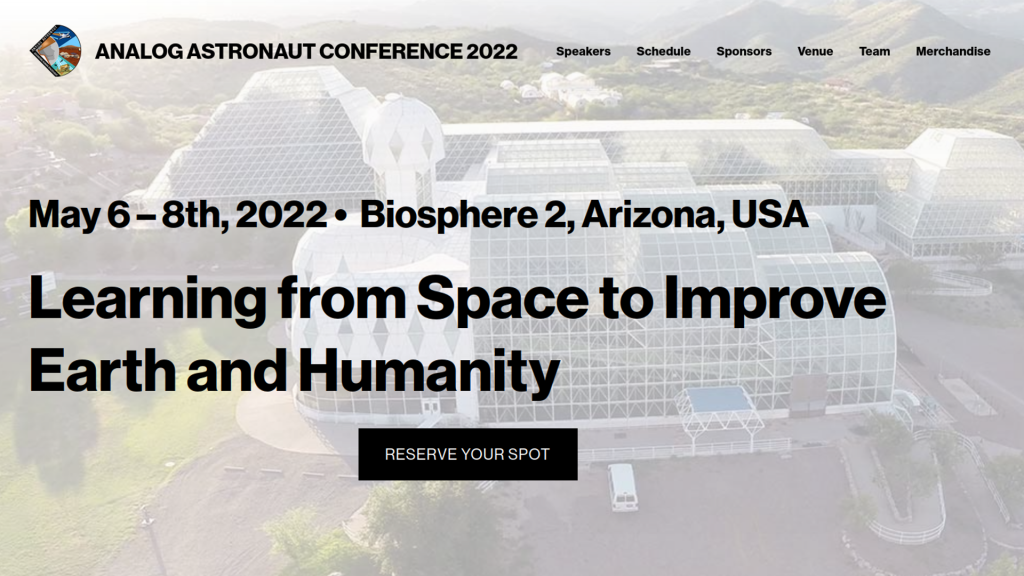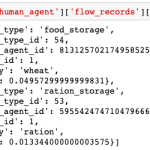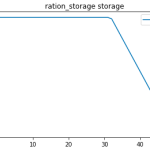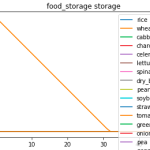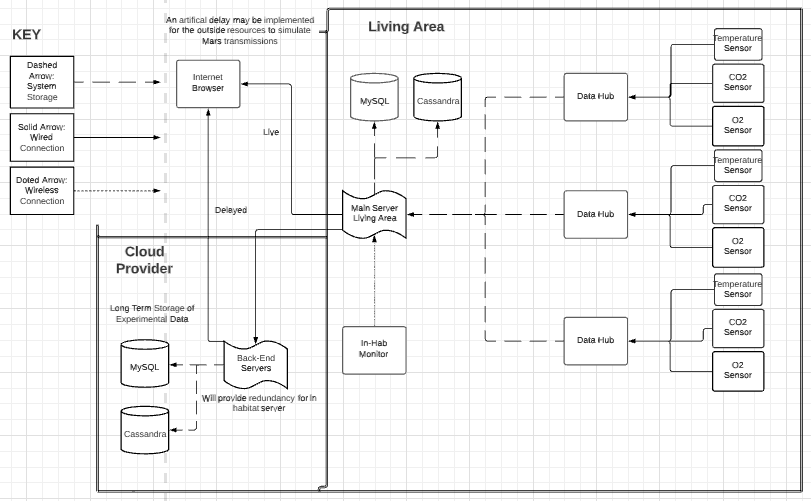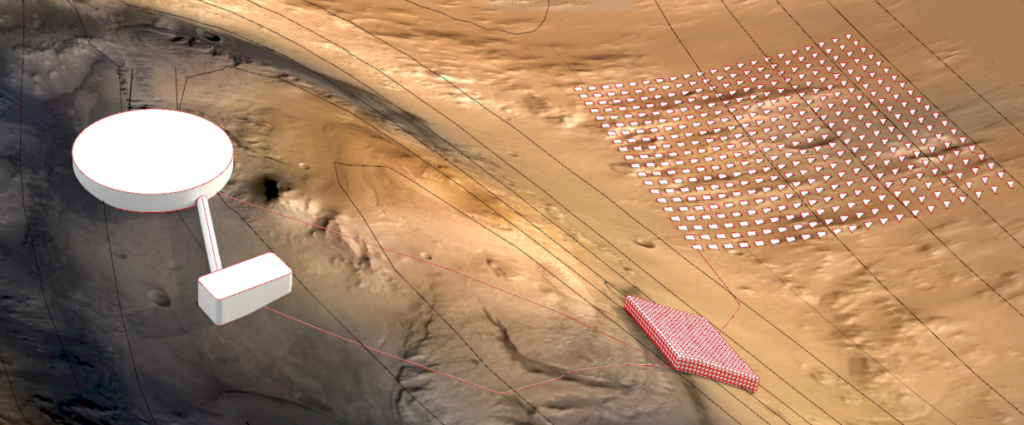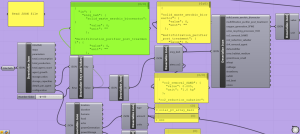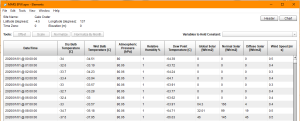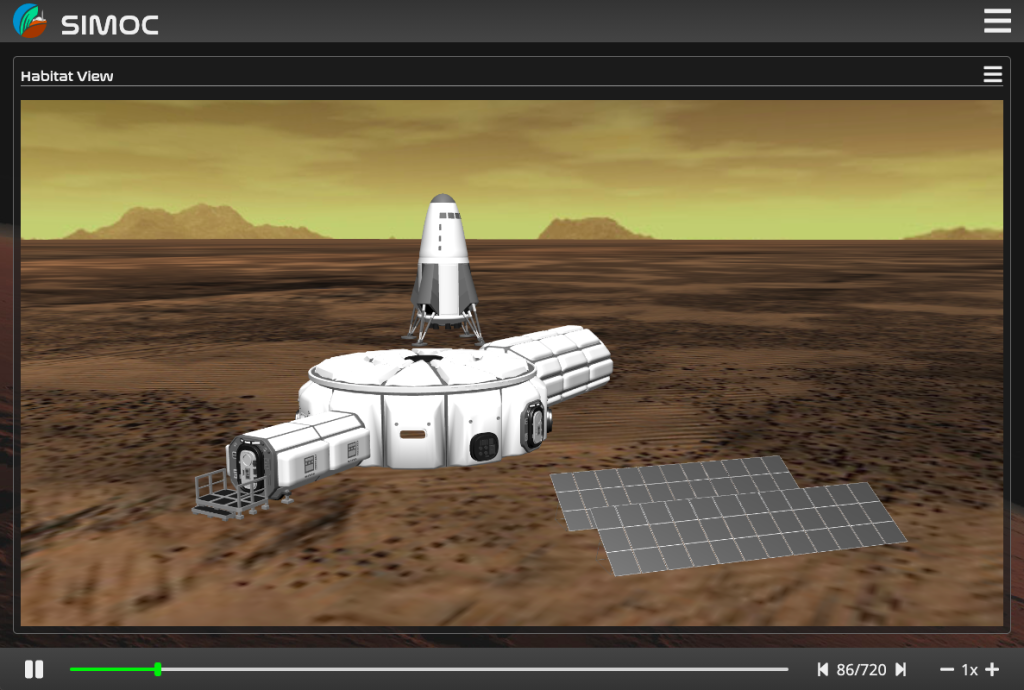Advanced plant growth modeling against varied CO2
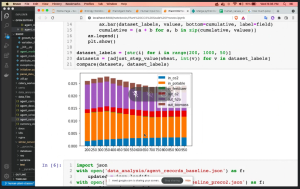 The initial effort is underway to introduce varied plant growth performance based on varied input levels of critical currencies, starting with carbon dioxide (CO2). Grant Hawkins of the SIMOC development team is simultaneously preparing a paper for the International Conference on Environmental Systems (ICES 2022) as he develops a deeper understanding of these known functions, as assembled through a literature review.
The initial effort is underway to introduce varied plant growth performance based on varied input levels of critical currencies, starting with carbon dioxide (CO2). Grant Hawkins of the SIMOC development team is simultaneously preparing a paper for the International Conference on Environmental Systems (ICES 2022) as he develops a deeper understanding of these known functions, as assembled through a literature review.


